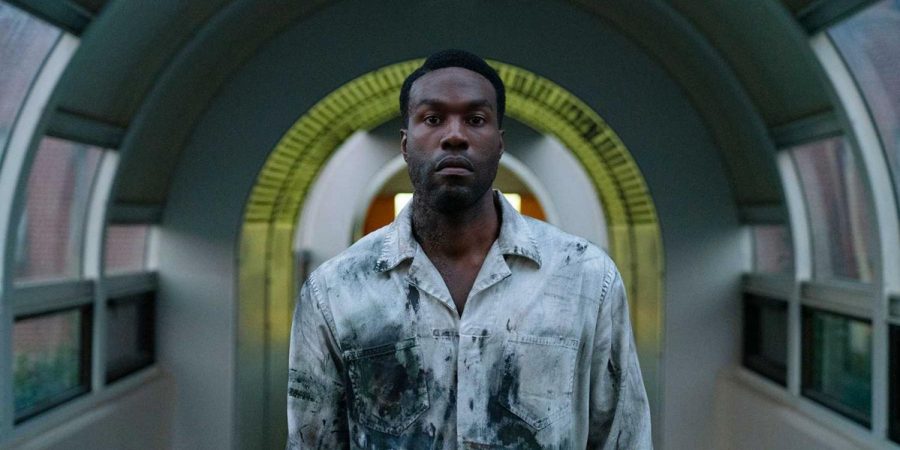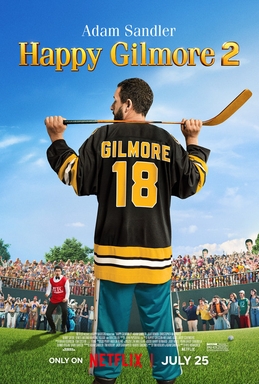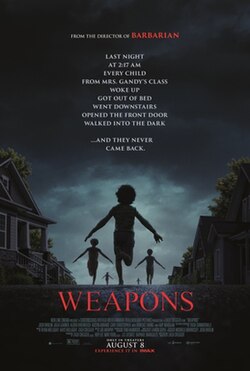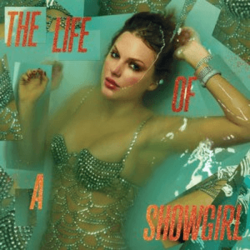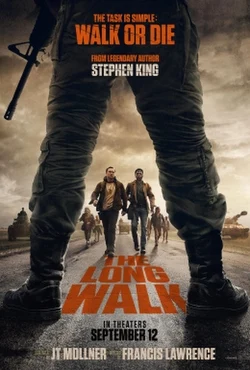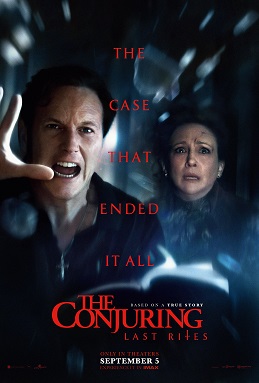“Candyman” Crushes
“Candyman” was released to theaters on August 27.
Say his name five times in the mirror and he’ll appear. “Candyman” returns thirty years after the events of the original 1992 film to sustain his legacy and take his rage out on those who doubt his existence.
The original film ended with an unsuccessful attempt to kidnap infant, Anthony McCoy, and sacrifice him in order to keep the spirit of Candyman alive. Fast forward 30 years into present time, Anthony is now living with his girlfriend, Brianna, in a modern Chicago apartment, working as a visual artist. Throughout the film, McCoy, while researching the past of Cabrini- Green, slowly realizes the truth about his dark connection to Candyman and must face the spirit who once took him 30 years earlier.
The story is not told in traditional flashbacks, but through reenactments using shadow puppets, a plot device which added to the creepiness factor. The most haunting moments were its graphic, repulsive, and quite literally, skin-peeling scenes involving McCoy’s bee sting turning into a breakout of blister-like wounds.
The cinematography made the story highly realistic. The use of mirrors was very fascinating and kept me engaged. Candyman is only visible in the mirror, so viewers can only see him committing acts of violence through mirrors and reflections, avoiding the tediousness of your average slasher film.
The role of mirrors and the theme of duality is explored through the film. Candyman is summoned through a mirror. McCoy feels unsettled by his reflection in the mirror which, as one could predict, reveals to McCoy who he truly is. The creators even went the extra step to make the opening titles mirrored.
Jordan Peele takes credit for co-writing “Candyman.. This film follows the same pattern of his previous two films, “Get Out” and “Us” of using the horror genre to explore racial issues. Peele incorporates topics that force viewers to think, rather than simply watch. The white characters in the film show a large amount of ignorance toward the damage that gentrification did to low income communities of color like the pre-gentrification Cabrini Green community.
I would say “Candyman” ranks third compared to Peele’s two other films. All three movies are great, but “Candyman” lacked a factor that pushed it over the top. “Get Out” and “Us” both had amazing music scores which I feel made the movies excellent. Music can really make or break a movie, especially a horror movie. Music sets the mood and keeps viewers on the edge. I can’t say that I was on the edge of my seat with “Candyman.”
“Candyman” caters to fans of the original without sacrificing its own vision and story. Both Virginia Madsen (through mention) and Vanessa Williams make cameos in their original roles. Tony Todd reprises his role as the original Candyman. He does an excellent job portraying characters that have a very ominous presence in horror films.
Though I enjoyed the storyline and attention to detail, I didn’t find myself getting as “scared” as one normally would during a horror film. Once I understood the pattern of Candyman, it was easy to predict when something was about to happen, which is the opposite of what a viewer wants.
As someone who has seen the previous “Candyman” installments, I can say this version has brought justice to the films before it. At times, the plot felt a bit rushed, but overall it was a good watch. It makes me want to go back and rewatch the original films.
Thanks for reading The Falconer. We're happy to provide you with award-winning student journalism since 1963, free from bias, conflicts of interest, and paywalls. We're able to continue with the generous support of our local community. If you're able, please consider making a donation. Any amount is incredibly helpful and allows us to pursue new and exciting opportunities.

Hey! My name is Margaret McGee, and I’m a junior. I am the Features Editor for the Falconer. This will be my second year writing for the Falconer. I...

